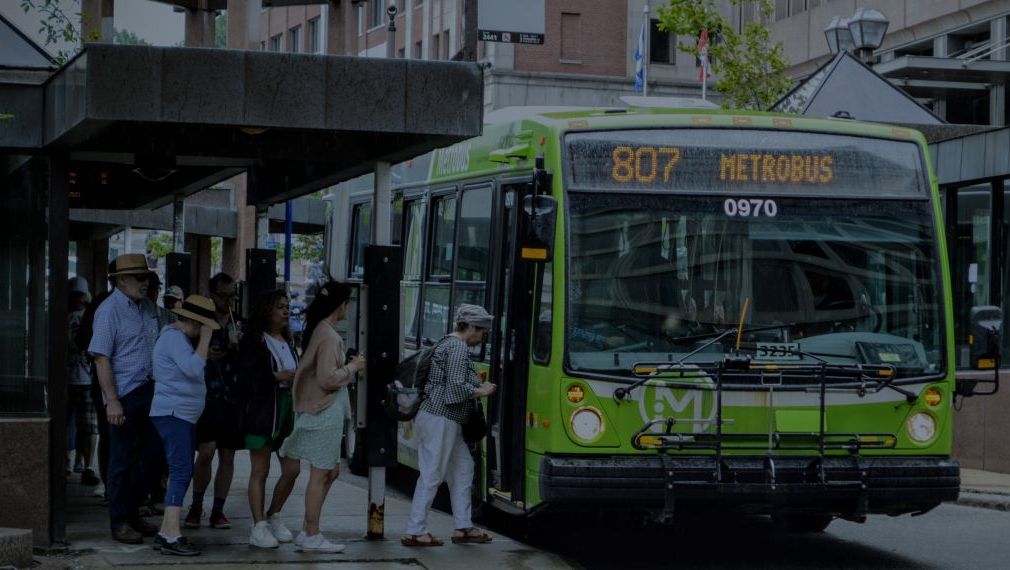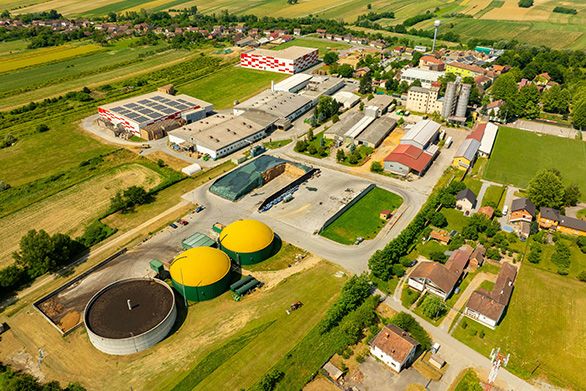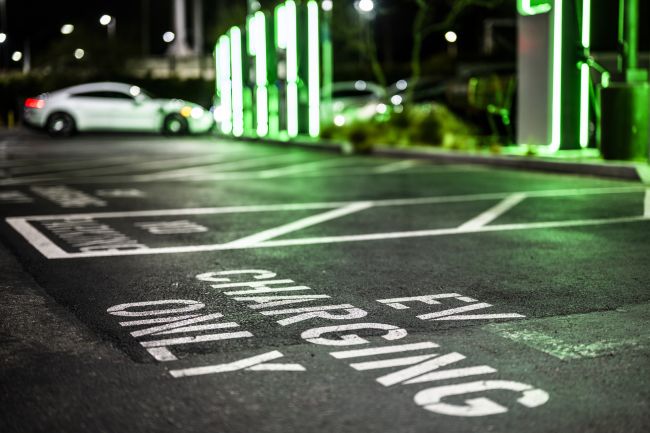Embedding equity into every part of the project’s lifecycle
The last decade has seen a paradigm shift in our industry towards incorporating equity into decision-making.

The last decade has seen a paradigm shift in our industry towards incorporating equity into decision-making as planners, politicians and communities have recognized the potential transport, infrastructure, and city projects possess to change society for the better.
When projects have Equity and Inclusion (E&I) as their foundation, they acknowledge the diverse needs of the population they are serving; ensuring that everyone, regardless of socioeconomic status, race, ability, or gender, has fair and equal access to resources.
However, well-intentioned projects that have the potential to improve social conditions can sometimes reinforce existing unfairness or worsen welfare. To disrupt existing cycles of inequity, it is imperative that agencies, companies and professionals, center equity in their research, analysis, planning and implementation of projects.
E&I: the challenge to achieve outcomes
The last decade has seen a marked shift in perspective on equity and inclusion as social inequality has been pushed up the social, political and business agenda. Marginalised voices, grassroots organizations and activists have long fought to be part of public discourse and to draw attention to social inequalities. Today, a combination of factors, including the democratization of media through digital and social channels and high-profile social justice movements have pushed E&I into public view.
In the political sphere, this has meant at a local, regional and national level policy makers have either pushed or been pushed to focus more on policies which will close the gaps to people independent of their race, income and gender, to name only few of the current gaps. Meanwhile, in the private sector, the development of environmental, social and governance (ESG) considerations as well as market-based decision making has led to a more socially conscious approach to development.
The challenges to action are many. Social inequalities are deeply rooted in the fabric of society and as such the solutions to them are often highly complex, difficult to design and even harder to implement. Taking action requires courage from decision makers, and careful strategizing from those of us that advise them.
Steer’s approach to E&I
For the last two years, I have been leading a team of extremely passionate and talented practitioners at Steer as we work together to improve our incorporation of E&I considerations into Steer’s work. In India we integrated a gender perspective to the Future Cities Programme, for the European Union we worked to understand the social dimensions of mobility innovations, in Canada we have conducted projects considering the combined impact of transport and housing costs on the ability to access jobs and education, and in Colombia, we are creating the Pedestrian Strategy for Bogota, which considers access for populations with disabilities. Steer’s E&I practice is continuously evolving, and across over 50 projects, we have established strong foundations:
- A transnational viewpoint: As Steer works in geographies spanning the UK, Europe, Latin America, North America and the Indian subcontinent we have a global outlook on successful (and challenging) E&I initiatives. From locally specific contexts we can identify emerging E&I solutions from around the world.
- An intersectional approach: We understand and recognize how disadvantage compounds when adding different layers of exclusion. Our transnational viewpoint not only helps us to provide our clients with latest developments but to incorporate, for example, our lessons on gender projects when looking for solutions to improving access to low-income populations.
- An ‘every step’ approach to E&I: It is never too early to integrate E&I into a transport project and equally it is never too late. We consider it essential to consider E&I from the very beginning and at every stage throughout planning and delivery.
- A ‘more than data’ approach: A data-based approach is essential for any project but reducing E&I to numbers risks losing the root cause of the issues. Our approach recognizes lived-experience perspectives from communities which, combined with data, can create community-led and community-desired solutions. This bottom-up method avoids E&I becoming overly technical or even antithetical to local ways of living.
The expertise that our E&I practice has cultivated does not operate in a silo at Steer, and we are proud to work with our clients, as well as Steer colleagues at Fourth Economy and Steer ED, to create equitable and inclusive projects.
Please be sure to join us at our 'Embedding equity into decision-making' webinar, on December 4th as we amplify the conversation towards achieving equity goals, uniting international leaders to share their strategies and knowledge. Register now!
To find out more about how Steer can help you with Equity and Inclusion, please contact Liliana Pereira.

























